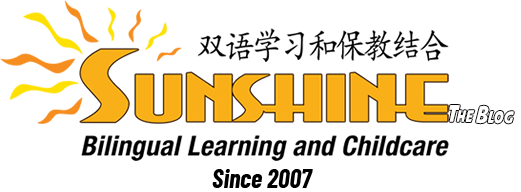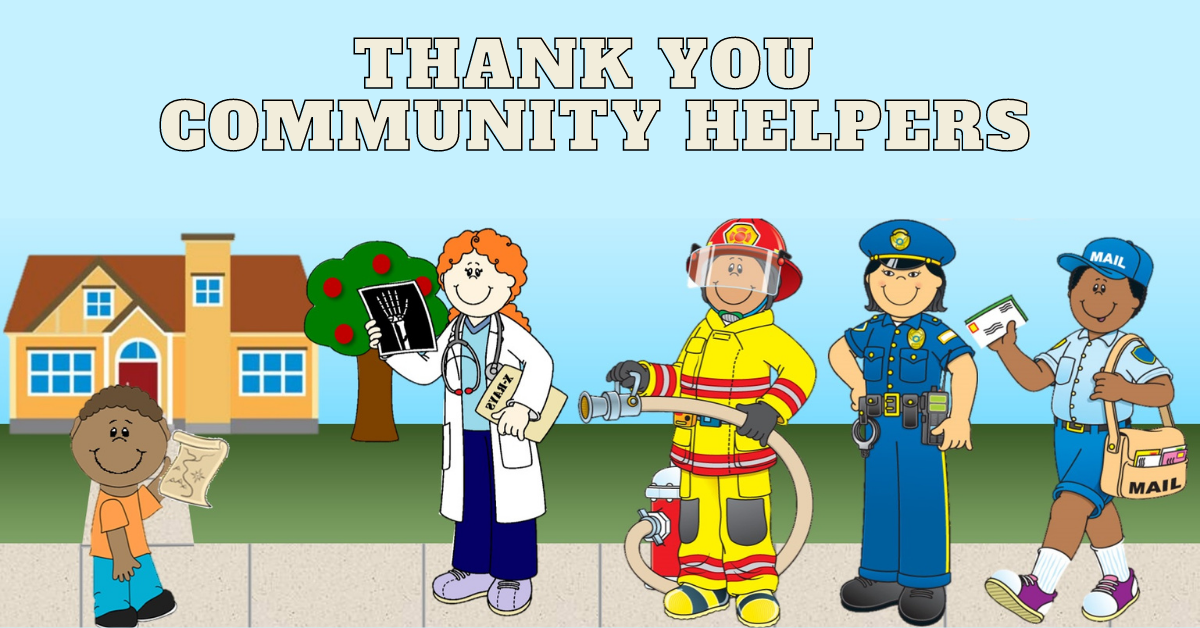Community helpers make our lives easier in so many ways. There are many ways in which we can show our appreciation towards their services and it doesn’t need to involve money. For example, going out and distributing cool drinking water to traffic policemen on a hot day. In order to teach gratitude to your kids we need to appreciate the services of community helpers in our daily lives. Some examples of community helpers that you could appreciate are:
1. Bus Driver
2. Policeman
3. Construction Worker
4. Chef
5. Teacher
6. Mail Carrier
7. Househelp
Here are a few ways in which we can show our gratitude to the community helpers:
1. Distribute Home cooked : Decide on the different community helpers that you want to make cookies or any other food item. Pick the grocery items that would be required to make the recipe. Bake cookies or make ladoos together with your child and attach Thank You note once they are packed.
2. Make a card: You can make a card with your child doing a hand imprint. Children love sensory activities with paints and its good for their self expression. Write a note saying “ Thank you for lending a helping Hand”
3. Storytelling: Storytelling is always a great way to learn about relationships, emotions and other non-tangible things. Here are a few books which you can read out to your toddlers The Berenstain Bears , The Thank You Book , Ten Thank You Letters , Thank You, Mr Falker
4. Saying Thank You: Encourage your child to express “Thank You” out loud. Even though children do feel thankful to the aunties and uncles around them , they assume that without telling people know that. So we need to tell the importance of expressing their gratitude with words.
5. Understanding work: Explain the work of community helpers to your child and how that work affects us and makes our life better. For example, the security guard in our building ensures that only people who we know or have called enter the building, they keep us safe, help with opening and closing of gates and keep watch at night while we are sleeping.


